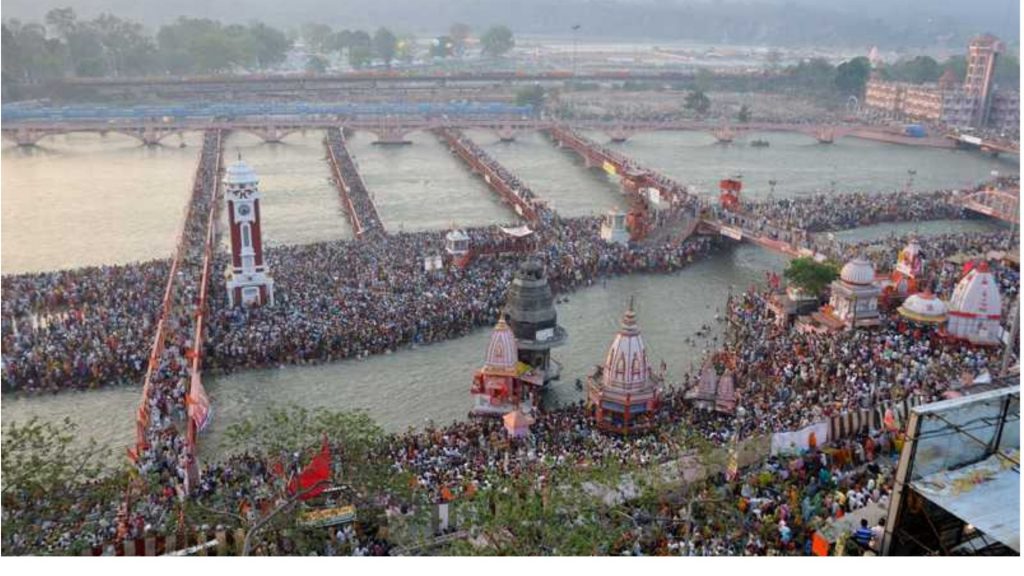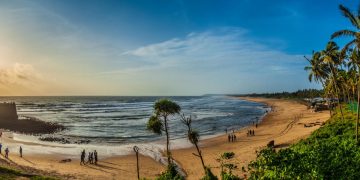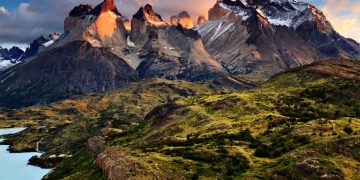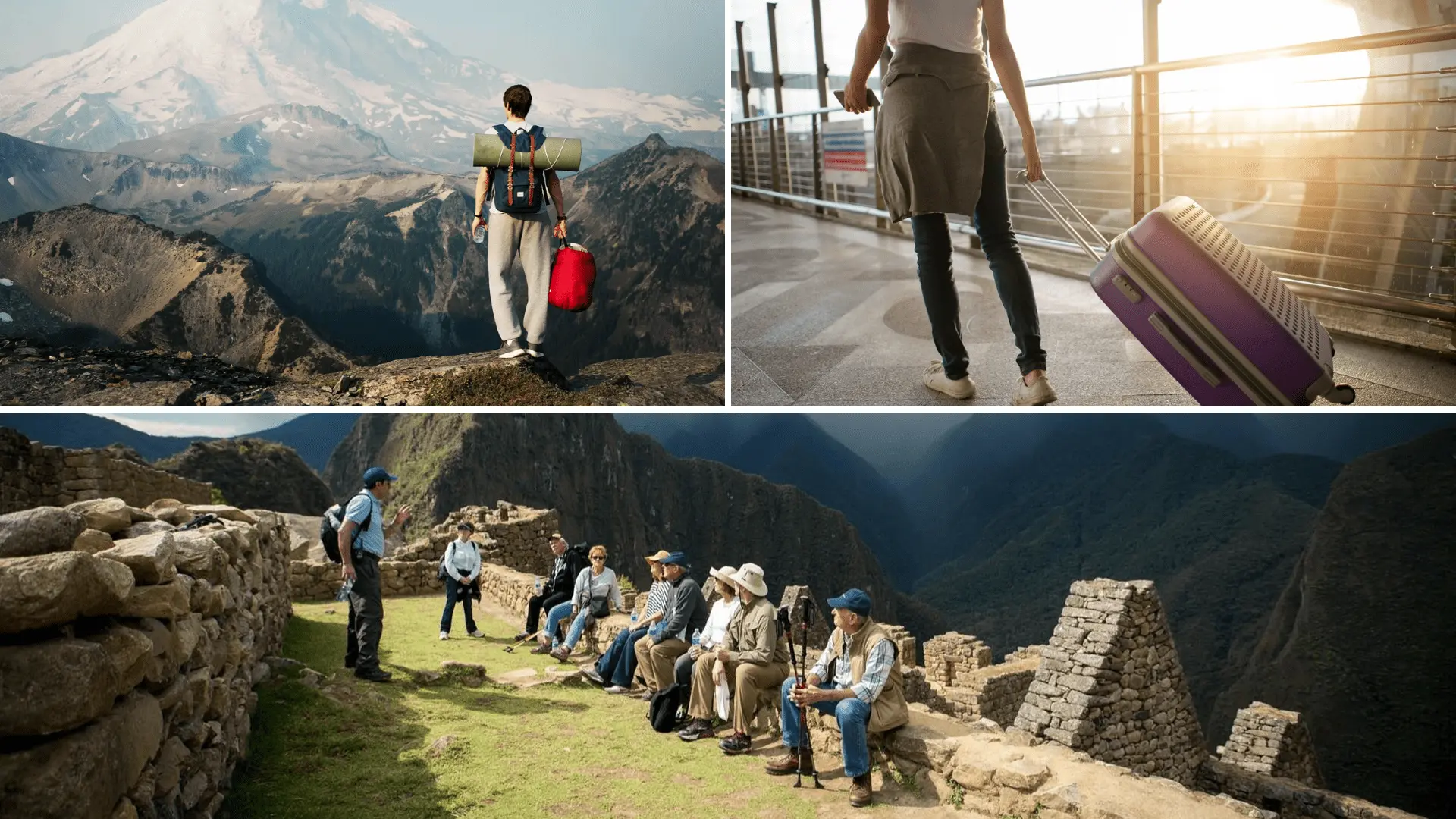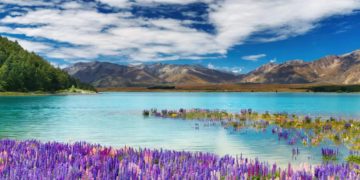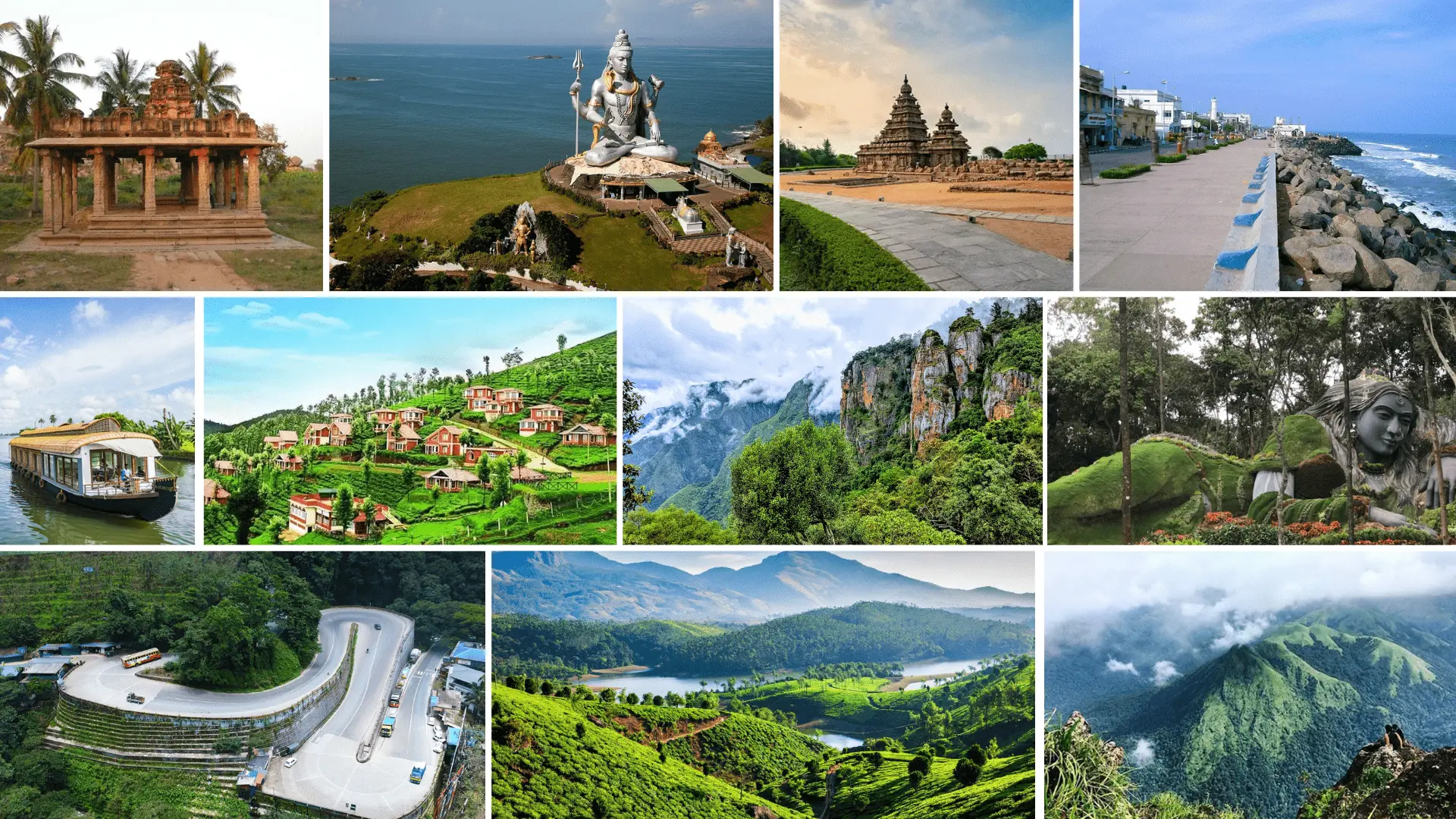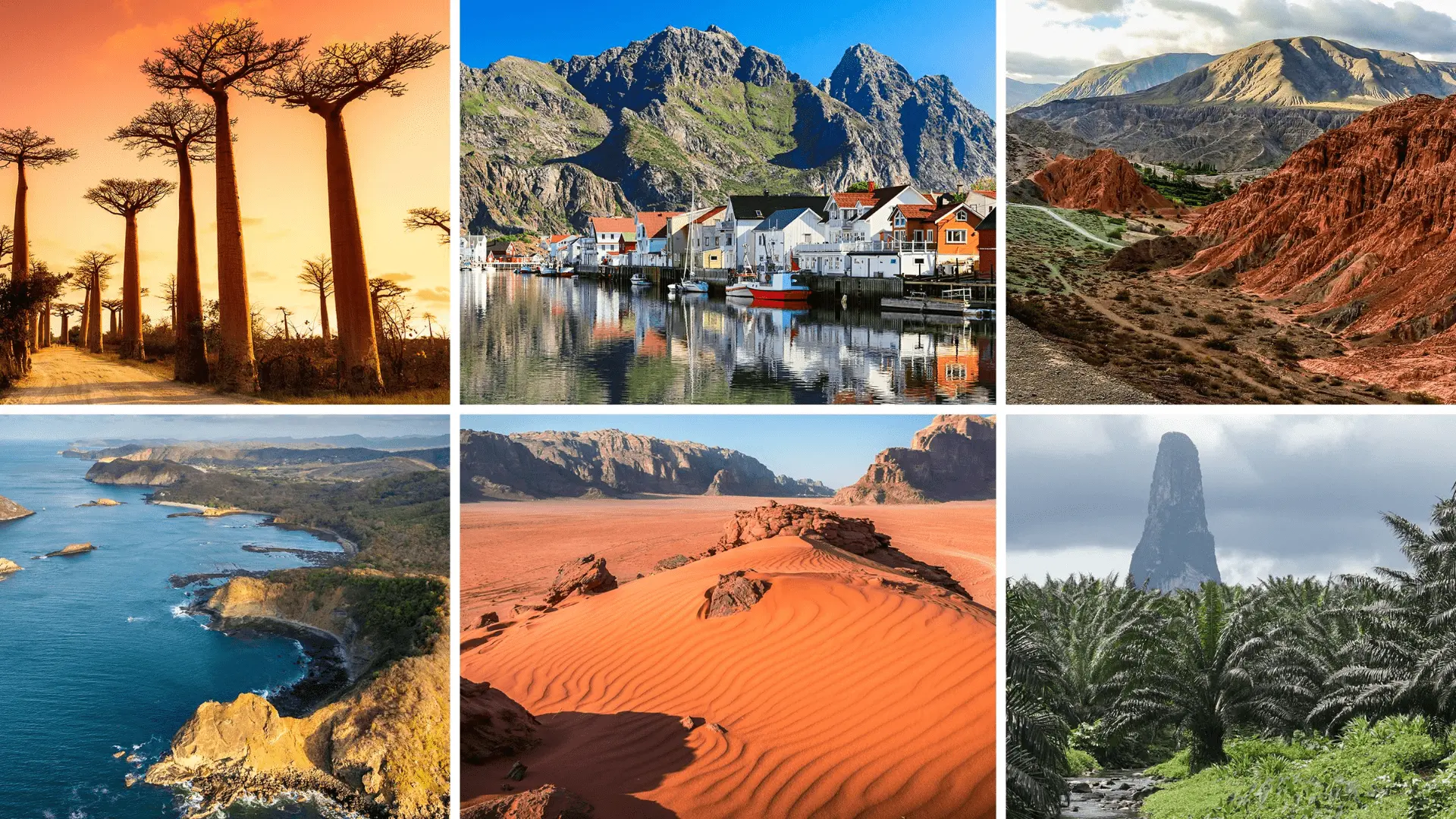Ujjain, situated on the eastern bank of the Shipra River in the Malwa region of Madhya Pradesh, holds a distinguished status as one of the holiest cities in India. This ancient city is steeped in history and spirituality, attracting pilgrims and visitors from far and wide.
Notably, Ujjain is recognized as one of the four sites for the Kumbh Mela, a colossal religious gathering that stands as the largest peace-time congregation on the planet, drawing a staggering 100 million people to the festival. This sacred event adds significant importance to Ujjain as a major destination for Hindu pilgrimage.
The city is also home to the Mahakaleshwar Jyotirlinga, one of the twelve Jyotirlinga shrines dedicated to the god Shiva. The presence of this revered shrine enhances Ujjain’s significance as a center of religious reverence and devotion.
In addition to its spiritual eminence, Ujjain holds historical importance as one of the most glorious cities of ancient India. It served as a prominent educational hub, attracting scholars from across the country. The wealth of Ujjain, manifested in its religious sites, architectural marvels, and educational institutions, makes it a compelling attraction for both Indian and foreign tourists.
Situated at a distance of 52 km from Indore, which houses the nearest major airport, Ujjain is easily accessible for those seeking to explore its cultural and spiritual treasures. The city’s multifaceted appeal, combining religious significance, architectural wonders, and a rich educational legacy, positions Ujjain as a top destination on the map of Indian travel and tourism.
Mahakaleshwar temple history
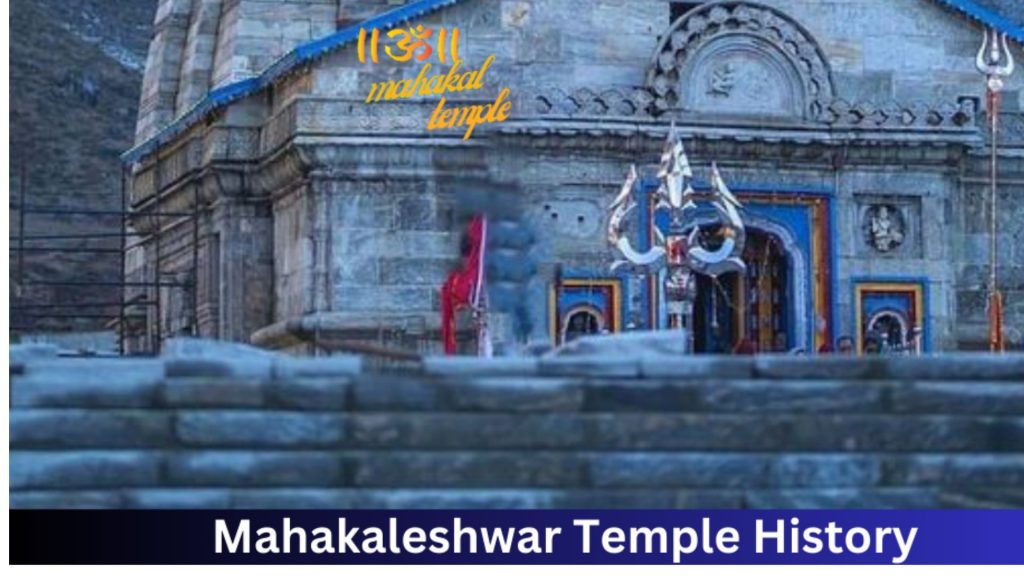
The Mahakaleshwar Temple, situated in Ujjain, Madhya Pradesh, India, stands as a renowned Hindu temple dedicated to Lord Shiva. Acknowledged as one of the twelve Jyotirlingas, which are revered as the holiest abodes of Lord Shiva, the temple holds immense religious significance, attracting thousands of devotees annually.
The origins of the Mahakaleshwar Temple trace back several centuries, rooted in legends that proclaim Ujjain as the divine location where Lord Shiva manifested as a Jyotirlinga to bless the people. The temple’s foundational structure is believed to date back to the prehistoric period.
Throughout its rich history, the Mahakaleshwar Temple has undergone various patronages and renovations by different rulers and dynasties. Notably, during the 11th century under the Paramara dynasty, King Bhoja of Malwa contributed significantly to the temple’s structure and its surroundings. Subsequent rulers, including Maharaja Vikramaditya of the Scindia dynasty, further enhanced and beautified the temple premises with substantial donations.
Despite facing destruction and damages during invasions by the Delhi Sultanate and the Mughal Empire, the temple was resiliently rebuilt and restored by the Scindias in the 18th century. This restoration effort resulted in the architectural splendor witnessed today.
A distinctive feature of the Mahakaleshwar Temple is its daily ritual known as Bhasma Aarti, wherein sacred ash is applied to the Shivalinga. This ritual, conducted in the early morning hours, garners a significant congregation of devotees seeking to partake in this sacred practice.
The temple complex is not limited to the main shrine alone; it also houses several smaller shrines dedicated to various deities. Among them are shrines dedicated to Lord Ganesha, Goddess Parvati, Lord Kartikeya, and Lord Nandi—the sacred bull, considered the divine vehicle of Lord Shiva.
In essence, the Mahakaleshwar Temple in Ujjain stands as a testament to the enduring spiritual legacy of Hindu worship, blending ancient history, architectural grandeur, and religious rituals that continue to resonate with devotees from across the country and beyond.
The Story of the Kumbh Mela
Mythological significance of Kumbh revolves around the story of the samudra manthan or ocean churning which was done by the gods and demons to obtain the invaluable ratnas or the jewels and amrita or the nectar of immortality. The mountain Mandrachala become churning stick and the Nagraja Vasuki acted as the rope. The Lord Vishnu himself took form of Kasava or tortoise and provided base for the mountain Mandrachala with fear that it may get slipped and submerged in the ocean. The story is symbolic of the churning of our minds to go deeper into our selves from where all powers and auspicious things arise, eventually leading to liberation or immortality.
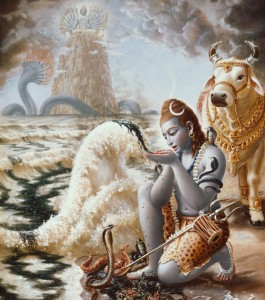
The first to emerge in this churning was a venomous poison which was consumed by the Lord Shiva who upon drinking this poison came to be called as the Nilkantha. The churning continues and emerged Kamdhenu, the Uccaishrava Jayanta, the son of Lord Indra , catching sight of the amrita kalasa or the pot filled with nectar, snatched it from the the hands of God Dhanvantari. Noticing this, Lord Shukracharya , the Guru of demons alerted and demons chased Jayanta. According to the divine counting one day of Gods is equal to the one year of mortal beings and the Jayanta kept on running for 12 days to avoid amrit kalasha to fall in the hands of demons.
The four places where Jayanta had put down the amrit kalasha in these twelve years were Haridwar, Prayag, Nashik-Trimbakeshwar and Ujjain, and at these four places at that time the sun, moon ,and planets had reached the unique astrological alignment, during which are kumbhmela is held at these places. The nectar pot was saved from the demons by God Brihaspati with the help of Sun , his son Lord Shani and Moon who saved the nectar kumbh from getting damaged.
As mentioned in the Skanda purana, kumbhmela is not just celebrated where the amrit kalasa was put down , but where the nectar had spilled along with putting down of the kalasa. It is believed that these drops gave mystical powers to these places. It is to make oneself gain on those powers that Kumbh Mela has been celebrated in each of the four places since long as one can remember.
The normal Kumbh Mela is held every 3 years, the Ardh (half) Kumbh Mela is held every six years at Haridwar and Allahabad (Prayag) while the Purna (complete) Kumbh mela takes place every twelve years, at four places Prayag (Allahabad), Haridwar, Ujjain, and Nashik, based on planetary movements. The Maha Kumbh Mela is celebrated at Prayag after 144 years (after 12 ‘Purna Kumbh Melas’).
Depending on what position the Sun, Moon, and Jupiter hold in that period in different zodiac signs, the venue for Kumbh Mela is decided.
